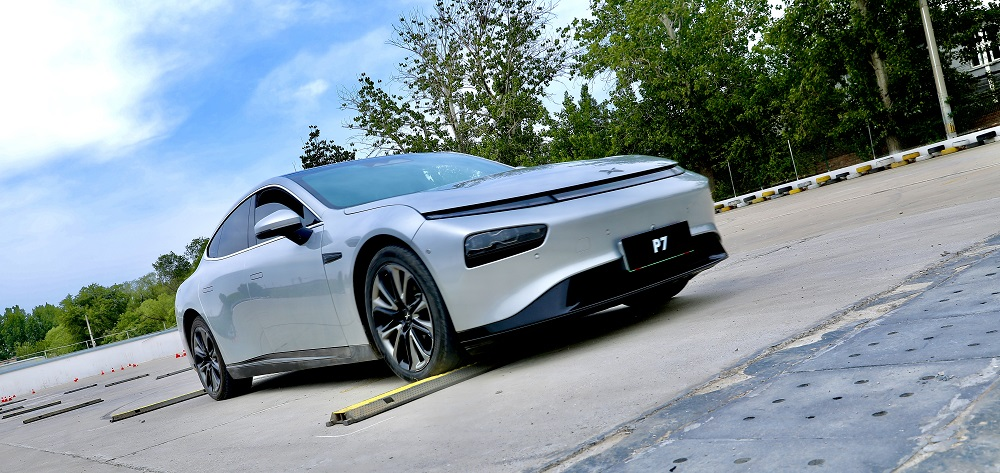XPeng Motors Q1 Quarterly Report Release
XPeng Motors announced their Q1 financial report, with a total delivery of 34,561 new vehicles, including 10,486 P5, 19,427 P7, and 4,648 G3 models. The total revenue in Q1 was 7.45 billion RMB, with a gross profit margin of 12.2%, slightly increased compared to the previous quarter. As of March 31st, 2022, the company’s cash, including cash equivalents, restricted cash, short-term deposits, short-term investments, and long-term deposits, amounted to 41.71 billion RMB.
During the Q1 earnings call, CEO He XPeng revealed that XPeng Motors delivered a total of 15,414 vehicles in March, despite the impact of the pandemic. The new orders in March hit a new record high, and the order volume in May has recovered to the level before the price increase, excluding some pandemic-affected areas. The company expects to deliver 31,000 to 34,000 vehicles in Q2.
He XPeng also mentioned that the flagship model G9 will be officially launched and put into mass production in the next quarter, with large-scale deliveries in Q4. More details about XPeng G9 will be disclosed soon. In addition, the company will gradually start laying out the 480kW supercharging station in the fourth quarter. He XPeng also mentioned that there is a new technology R&D project for a more powerful supercharging station still under development.
Small P is going to launch a sales model that integrates hardware and software. Previously, many new energy vehicle companies, including Small P’s software, were charged independently. However, with the update of the P7/P5 models in May, the software of some models has become standard, which means that Small P is trying the integrated sales of hardware and software. XPeng He also criticized the sales model of independent software charging. He believes that this will only limit the normal use of software and is not conducive to development. Only by continuously improving functionality, encouraging users to use software more and collecting feedback from users can we do better.
Although the current epidemic in China is still severe and there is a shortage of chips in XPeng vehicles, these still cannot stop the momentum of XPeng’s development. The author firmly believes that with the gradual control of the epidemic and the implementation of “returning to work and production” in China, the “cold winter” of the automobile industry will also gradually disappear, and the always thriving new energy industry will once again usher in a blooming season.
This article is a translation by ChatGPT of a Chinese report from 42HOW. If you have any questions about it, please email bd@42how.com.
